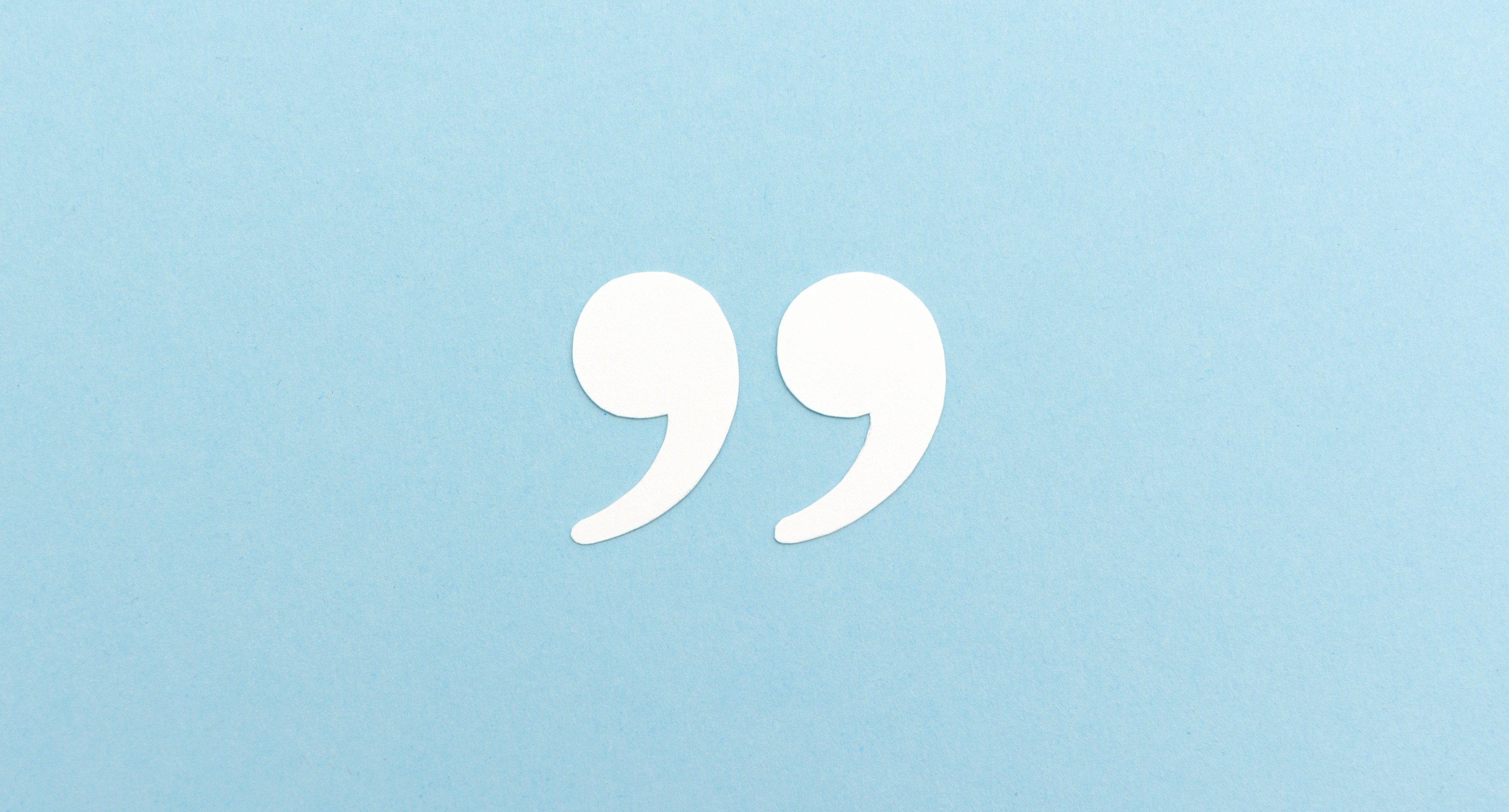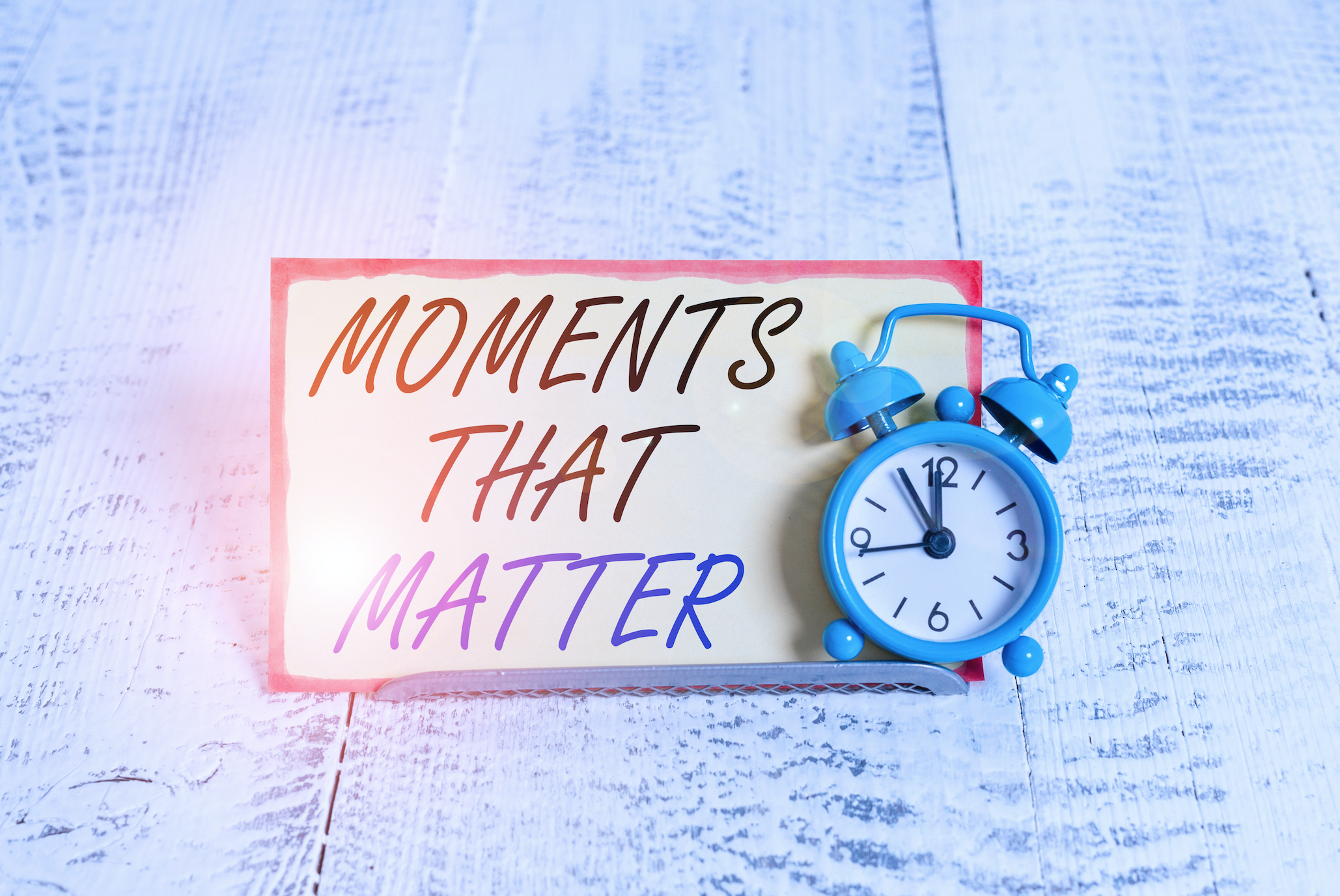Roy Saunderson authored an article recently on IncentiveMag.com in which he provided the top ten ways to make incentives more effective. I would like to discuss Saunderson’s recommendations and provide practical applications in employee incentive programs.
Use Incremental Incentives
Saunderson advises administrators of employee incentive programs to develop program goals that reward people in increments. One of my clients with a call center does this. They have three different levels of rewards for each of the call center goals. For example, there are three increments for active hold times: 5:15-5:29 minutes, 5:00-5:14 and less than 4:59. The points people earn increase with the lower active hold times. I really like the way this client set up their goals because it lets new hires, who not be as quick with callers but are still efficient, earn points. The goals can also lead people who want to do better to know what the next level of performance is. If I was in the 5:15-5:29 active hold time, I would know I need to decrease my hold time by 15 seconds to earn more points.
Make Incentives Visible
The point of this is to increase participation through public recognition. Remember how in high school and college athletes who achieved certain milestones were presented with rewards and recognition at special ceremonies? Schools do this to help elevate student athletes who achieve high levels of performance, making them role models for current and future students. I’m not saying you have to go this far but companies with employee incentive programs can do something similar to achieve the same results. One way to do this is to enter employees who earn points for certain goals into a raffle. The company can order some high dollar rewards (think big screen tv, laptop, $500 gift card to Amazon, 2 round trip American Airlines vouchers…) and bring them into an annual event. The winners of the raffle would be announced at the event along with what they did to be entered into the raffle.
Make Competition Part of an Employee Incentive Programs
Competition among peers can really help to boost results of employee incentive programs. One way to entice friendly competition is to feature a leader board on employee incentive programs. Anyone who has played Words with Friends will know how fun it is to see how you have done this week compared to your friends. It is always interesting to see who the champions are (the top three players) and it often changes week over week. Leader boards list out the top participants in terms of points earned by group, award category/goal and/or date range. Employees would be able to log into the program website and see how they are doing in comparison with their peers.
Use Non-financial Measures
This is an important point as many managers are used to seeing sales incentive programs that have financial outcomes but don’t think about the impact customer service awards, employee engagement rewards and other non-financial outcomes could have on a company. Employee incentive programs are not limited and can be used for a wide variety of reasons including job specific goals, wellness and safety. These kinds of employee incentive programs goals may not directly impact sales, but improvement in any of these areas can lead to significant cost savings and improvements that effect the bottom line.
Saunderson’s article has a lot of great points outside the ones I have highlighted in this post. He also includes suggestions for levering risk, creating multiple program levels and establishing rules of contact; all of which are ways you can make employee incentive programs more effective.








Leave a Comment